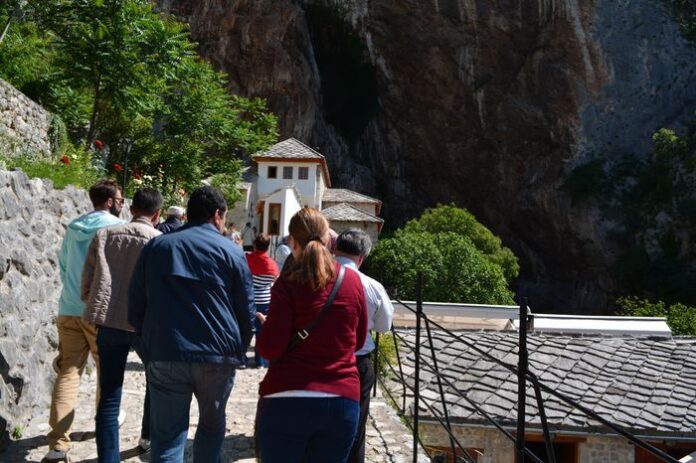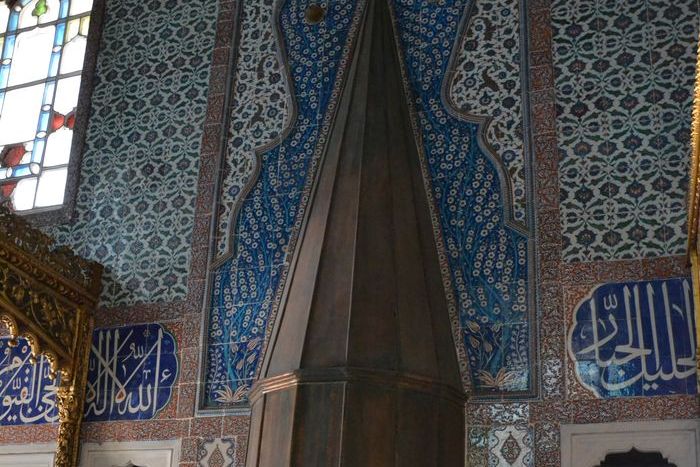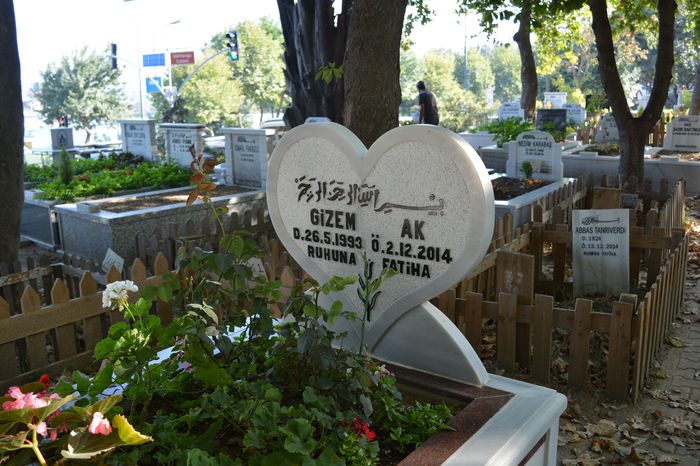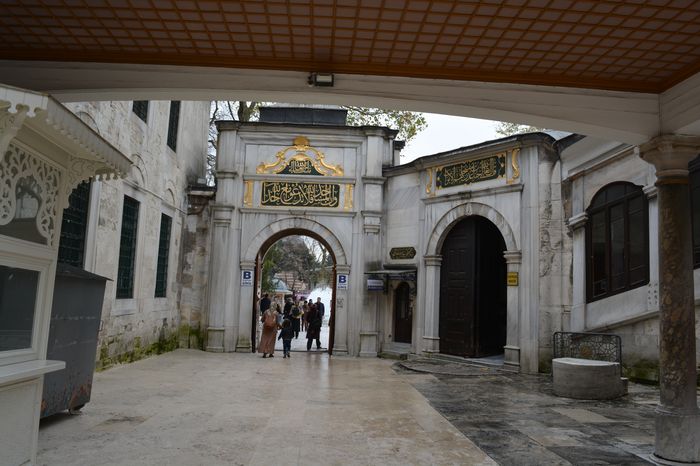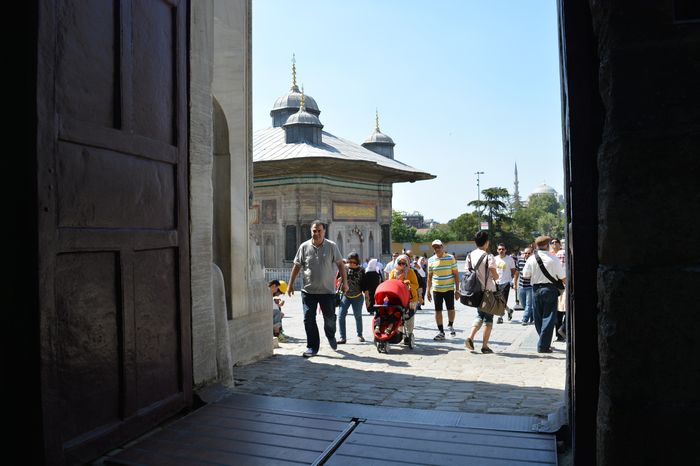Several inscriptions carved into the towers of the Outer Wall of Constantinople give us important details about the last restoration works carried out during the reign of Emperor John VIII Palaiologos in the 15th century. These inscriptions serve as lasting reminders of the Byzantine Empire’s final efforts to defend its capital.
Tower Inscriptions Near the Golden Gate
One such inscription can be seen on the second outer tower north of the Golden Gate. It reads:
“(Tower) of John Palaiologos, Emperor in Christ; in the year 1444.”
This tower was part of the extensive repair project ordered by Emperor John during his later years Istanbul Private Tours.
Repairs Along the Second Military Gate
Another inscription, on the fifth outer tower north of the Second Military Gate, says:
“(Tower) of John Palaiologos, Emperor in Christ; in the month of June of the year 1440.”
On the twelfth tower north of the same gate, a broken marble slab once bore the following inscription:
“(Tower) of John Palaiologos, Emperor in Christ; in the month of April of the year 1434.”
These dates show how the repairs were spread out over many years, reflecting the financial and political difficulties of the empire at that time Repairs Ordered by Andronicus II in 1317.
Inscriptions Near the Gate of the Pege
Traces of other inscriptions appear on the first and second towers north of the Gate of the Pege. On the third tower, an inscription reads:
“(Tower) of John Palaiologos, Emperor in Christ; in the month of January of the year 1439.”
These markings reveal that this section of the wall also received careful attention during the restoration.
Repairs Near the Third Military Gate and Porta of the Pempton
More inscriptions can be found on towers north of the Third Military Gate. One on the third tower past the gate states:
“(Tower) of John Palaiologos, Emperor in Christ; in the month of October of the year 1438.”
An important inscription, once located on a now-demolished outer tower opposite the Porta of the Pempton, reads:
“John Palaiologos, Emperor in Christ, restored the whole fortification; in the year 1433.”
This tells us that the entire Outer Wall was repaired during this period — a remarkable effort so close to the fall of Constantinople.
Restoration of the Gate of the Pege
An additional inscription, found high on the southern tower of the Gate of the Pege, gives credit to a nobleman who financed part of the restoration:
“This God-protected gate of the Life-giving Spring was restored with the cooperation and at the expense of Manuel Bryennius Leontari, in the reign of the most pious sovereigns John and Maria Palaiologoi; in the month of May, in the year 1438 (or 1433).”
Empress Maria, mentioned here, was the daughter of Alexius, Emperor of Trebizond, and the third wife of John VIII Palaiologos. She was empress from 1427 to 1440.
Manuel Bryennius Leontari, who paid for the gate’s repair, is believed to be the same man who courageously defended the Gate of Charisius during the final siege of Constantinople in 1453.
These numerous inscriptions show that Emperor John VIII Palaiologos and his supporters made serious efforts to maintain and restore the city walls in the last decades of the Byzantine Empire. Although the empire was financially weak and politically divided, these repairs reflect a strong determination to protect the capital against its growing enemies — especially as the Ottoman threat loomed ever closer.
